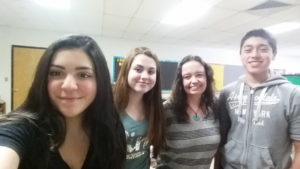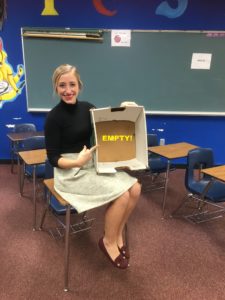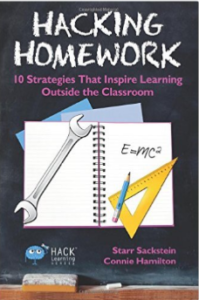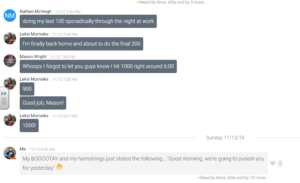February represents the Dog Days in education. All the freshness of the school year are gone. Spring break is still a long way off and the weather…at least in the great state of Ohio…is nothing to write home about! Sometimes, as you watch your kids march in at the beginning of the period, you feel like you’re observing a church congregation full of middle-aged parishioners. Everyone sits in the same pew, shakes hands with the same people, and says pretty much the same things. It’s time to shake things up!
In today’s program, I’m going to give you 3 totally original icebreakers with which you can randomly sort your students. Perhaps, a new seating chart is needed. Or, it’s time get kids working with different peers on the next project. These icebreakers will help you rearrange your students socially…BUT THE REAL DRAW…is your students and you will have a blast working through these easy prompts:
Oscar Night Best Picture Award
Your 30th Birthday Surprise Party
1970s Speed Dating
My Zodiac Description Google Doc
Episode Template
The Problem:
Teachers assume students know one another well.
The Solution:
A student icebreaker.
What You Can Do Tomorrow:
- Decide on a pretext for randomly sorting students
- Try either the Oscar Night or Birthday Party icebreaker
- Debrief students to find out what they learned about their peers
Teachers and students sometimes get in a rut. Randomly sort your students with a fun icebreaker and shake things up in the process.
Listen to “43-3 Totally Original, Easy, Powerful, and Joyful Icebreakers to Randomly Sort Students…Tomorrow” on Spreaker.
























